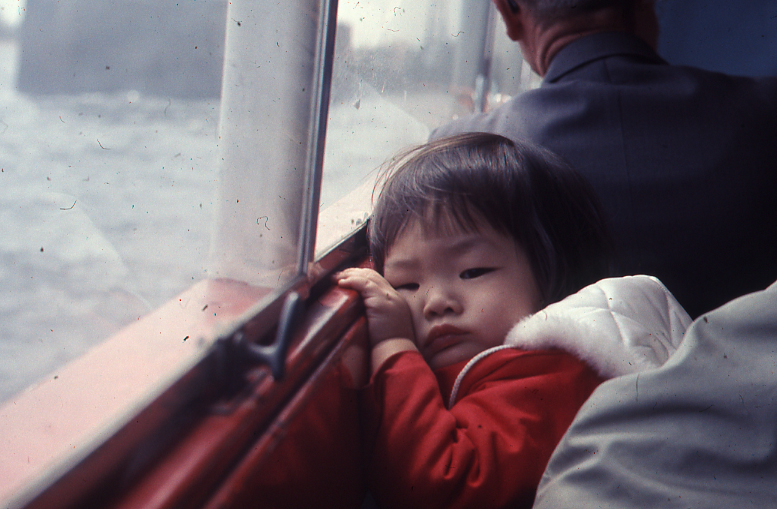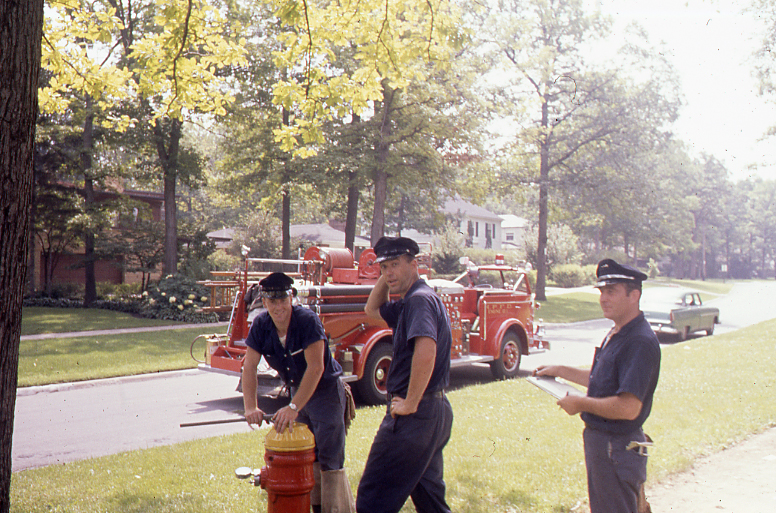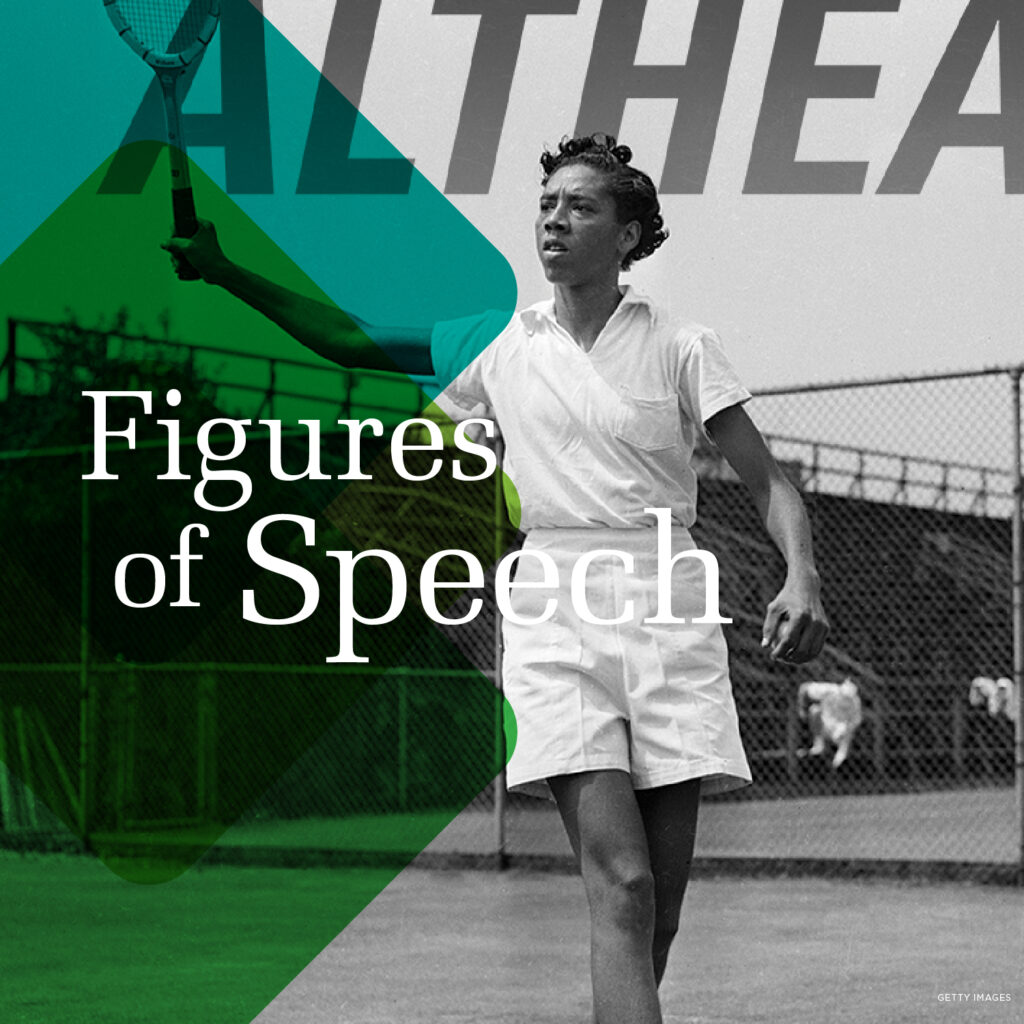Learning from a Secret Street Photographer


Inkjet print, 2021
Chicago History Museum, © The Estate of Vivian Maier
“Well, I suppose nothing is meant to last forever. We have to make room for other people. It’s a wheel.” — Vivian Maier
Decades before Humans of New York became a worldwide storytelling sensation, a young woman by the name of Vivian Maier was quietly and meticulously documenting American life on the streets of New York City and Chicago.
Born in 1926 in New York City, Maier spent most of her childhood in France before returning to the U.S. in 1951. She moved to Chicago in 1956 at age 30, where she lived the rest of her life as a caregiver. A skilled amateur photographer, Meier captured scenes of everyday life into the late 1990s, leaving behind hundreds of prints, 100,000 negatives and nearly one thousand rolls of undeveloped film hidden away in storage lockers.
Two years before her death in 2009, Maier’s archive was unknowingly discovered at an auction when the contents of her storage lockers were purchased by a collector. Since then, efforts to piece together Maier’s elusive story and share her work have led to international acclaim, numerous publications and countless exhibitions around the world.

Inkjet print, 2021
Chicago History Museum, © The Estate of Vivian Maier
Organized by the Chicago History Museum, Vivian Maier: In Color brings together 65 color images from Maier’s time as a suburban nanny in Chicago from the 1950s to 70s, many of which have never been on view to the public.
Experiencing Maier’s work in person is a special thing. Fleeting, everyday moments — an intimate exchange with a stranger, reflections in a store window, a high school football game — come into focus, frozen in time by Maier’s camera. And while we don’t know how Maier would have presented her work, the exhibition has been curated to draw striking parallels between Chicago circa 1960 and the present day.
Maier’s body of work alludes to an artist unencumbered by external validation. In today’s digital age, the content we choose to share is carefully curated to align with the online personas that we fanatically craft. What can we learn from someone like Vivian Maier, who similarly lived life from behind a camera but prioritized the act of creating?
By deliberately keeping her photography to herself, it’s evident that Maier found fulfillment in simply capturing an image, reveling in the creative process rather than fixating on the final product — whether it would turn out and how it would be received by others. This focused presence allowed Maier to notice things that most would overlook, making the ordinary extraordinary. Despite her work being widely shared and beloved today, Maier created for herself, from her unique point of view and without restraint.

Inkjet print, 2021
Chicago History Museum, © The Estate of Vivian Maier
Maier’s inclination toward experimentation is another thread that runs through her work. In the introductory text, Vivian Maier: In Color encourages the visitor to “notice what Maier’s viewpoints reveal about her positions and those of others in a shared space.” Organized into sections according to Maier’s vantage point — Looking Up, Looking from Behind, etc. — the exhibition investigates how a change in perspective can affect our relationship with the world around us. Maier’s photographs beautifully demonstrate the value of pursuing alternate ways of seeing to solve a problem, better understand ourselves and others, and expand our minds.
On view through May 8, 2023, Vivian Maier: In Color presents Chicagoans with the unique opportunity to explore our city through the eyes of a curious and mysterious artist. The collection is also available to browse online, but we recommend making a trip to the Chicago History Museum to experience Maier’s legacy in-person.








